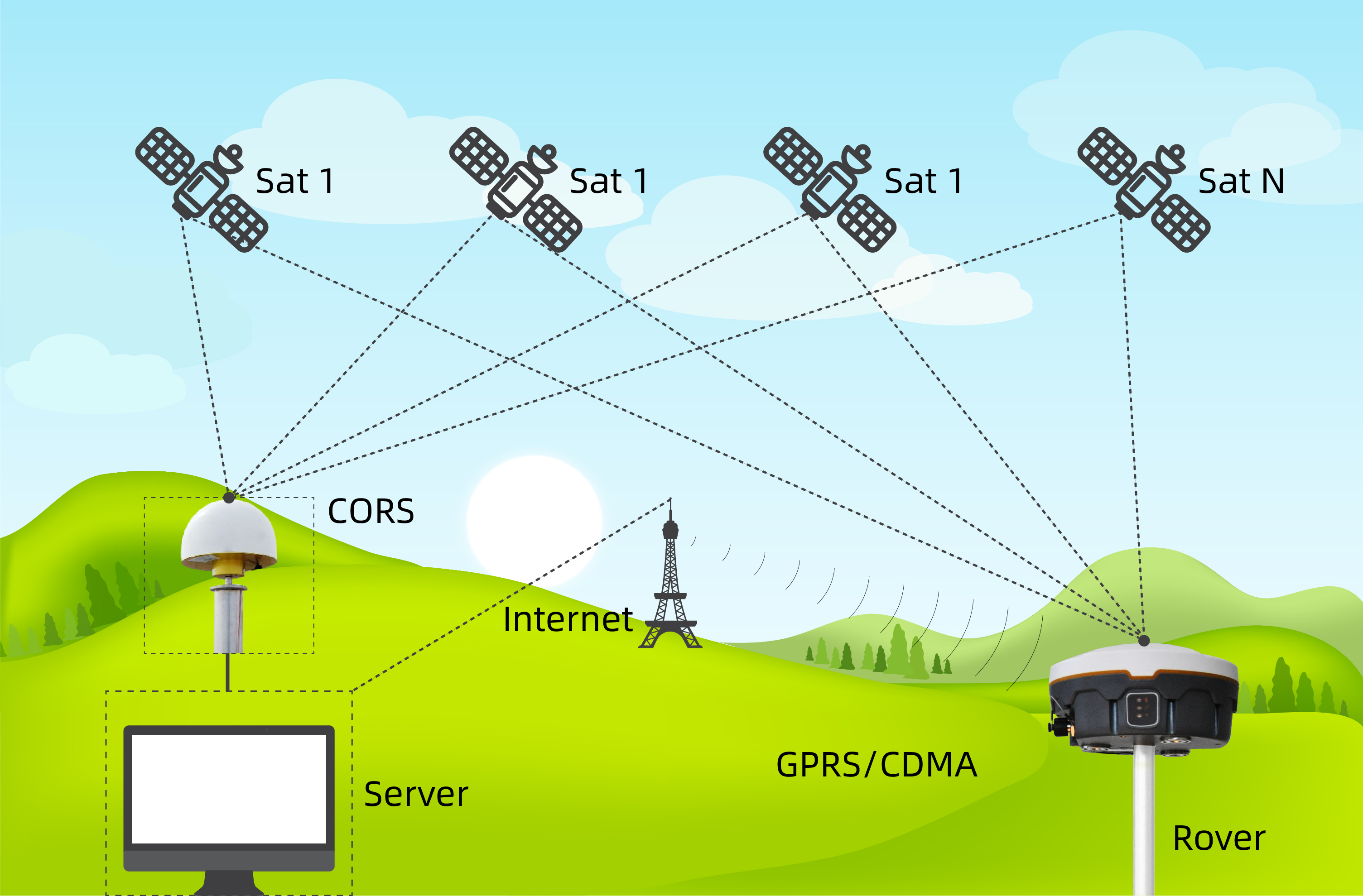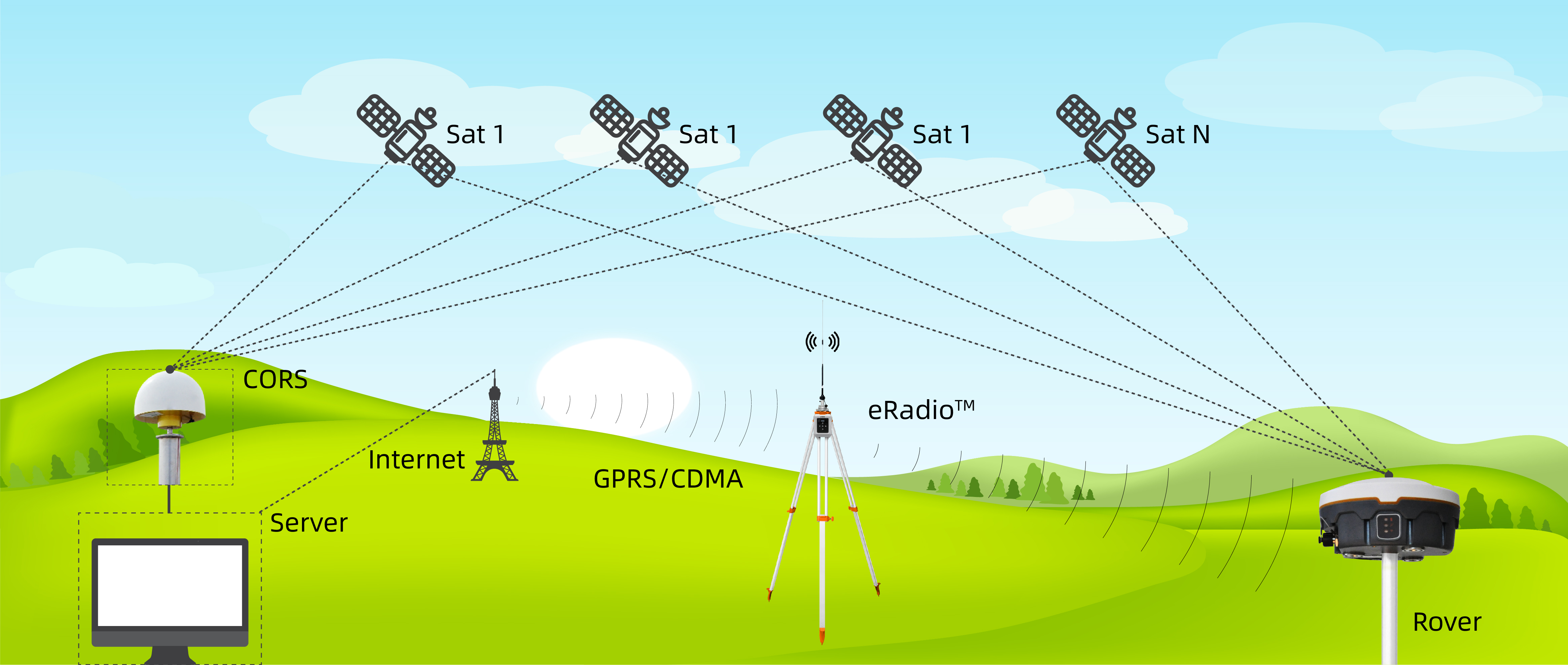This website stores cookies on your computer. These cookies are used to provide a more personalized experience and to track your whereabouts around our websitle in compliance with the European General Data Protection Reguation. If you decide to to op-out of any future tracking, a cookie will be setp in your browser to remember this choice for one year.




